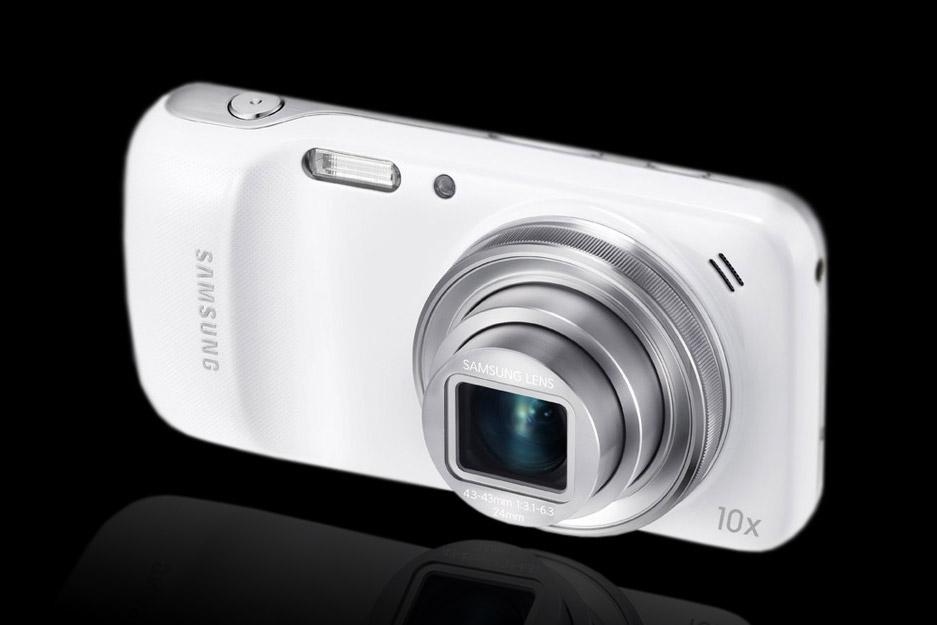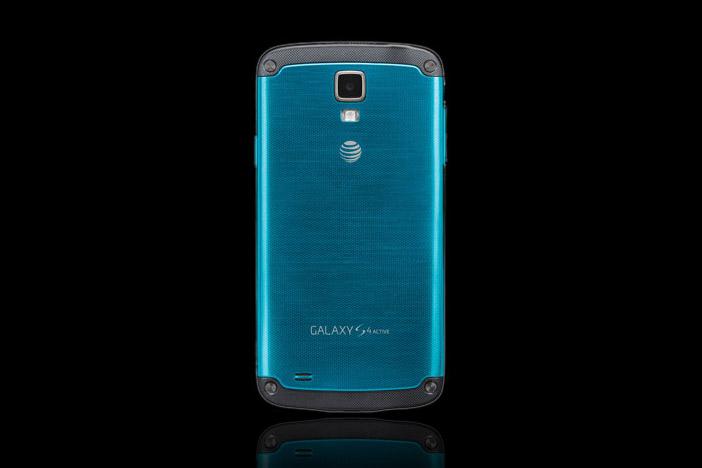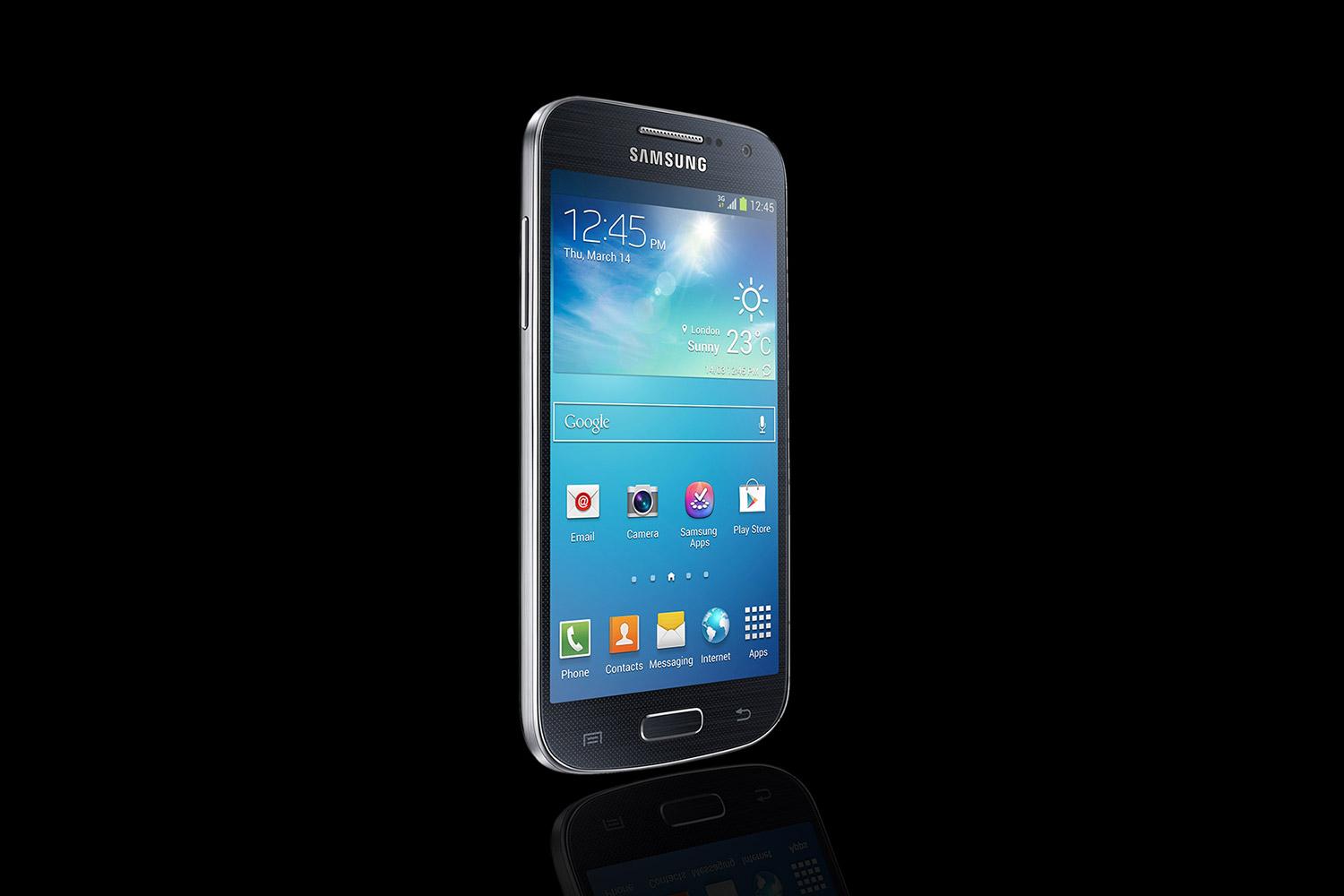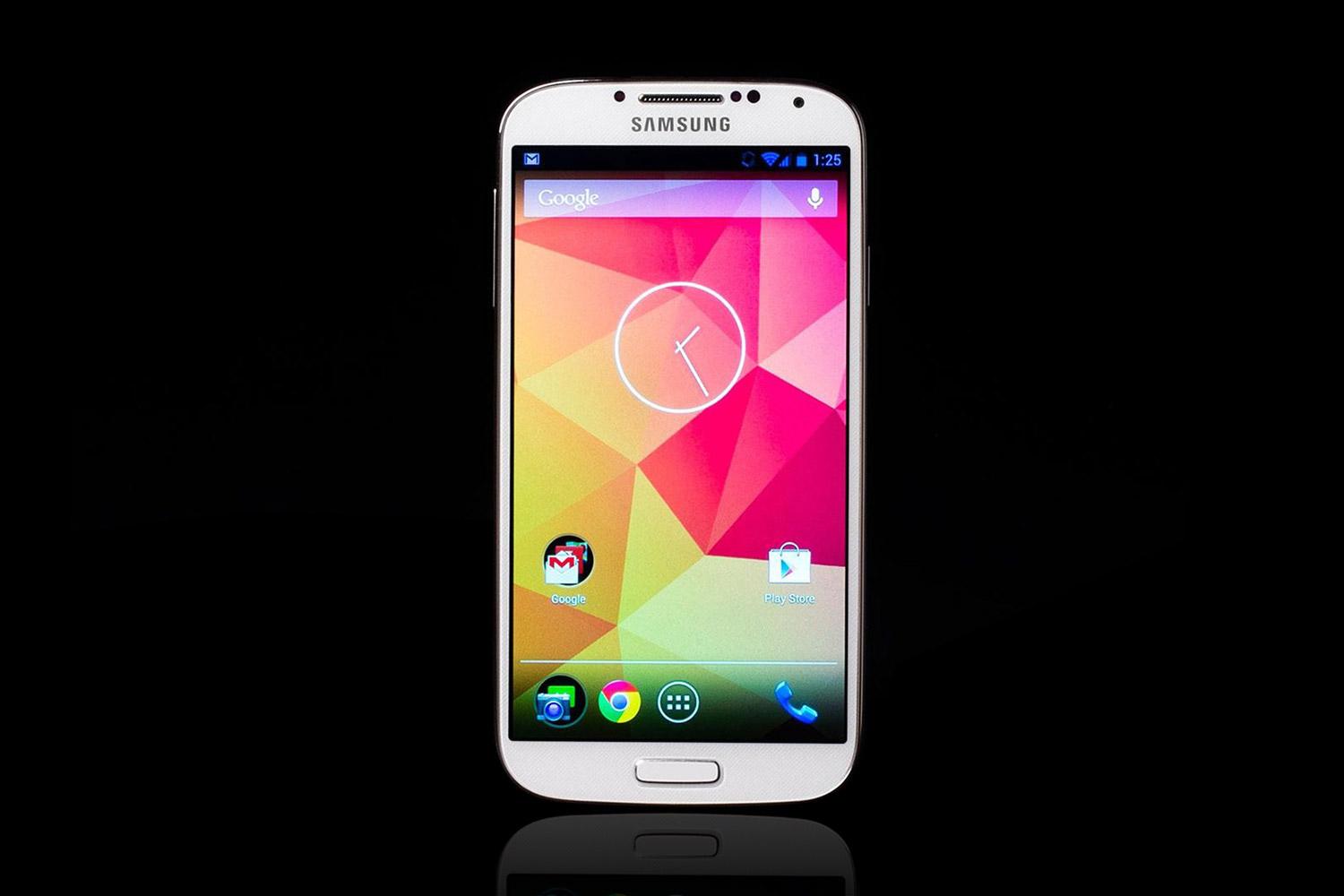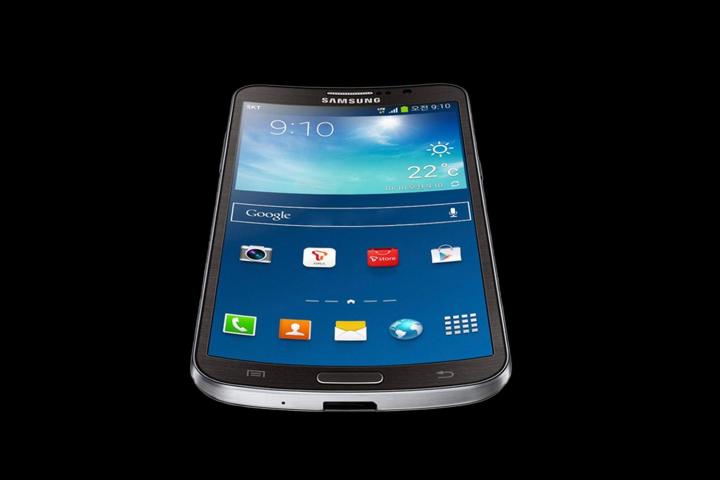
What is going on with Samsung? It’s the world’s most popular smartphone maker, but you wouldn’t know by its actions.
Samsung is acting like you’d expect an upstart phone maker would, shotgunning out new products at a breakneck speed, each with a new special ability, and each labeled as its next flagship phone. It’s like Samsung thinks it’s still an also-ran that wants to make it to the top. But it’s anything but. Samsung is the king of mobile with more than a 30 percent share of all smartphone sales. It moves twice as many smartphones as Apple and six times more than its next nearest rival, LG. It’s level of success is astounding.
We’ll try anything everything once
With the Galaxy S2, Galaxy S3, and Galaxy Note, Samsung became the company to beat, gaining so much popularity and clout that its Galaxy phones were compared favorably to the iPhone. But its tactics in 2013 seem desperate. This year, it hasn’t appeared to have any strategy except that it needs to have the most phones, and be first (or almost first!) at doing, well, everything. Samsung releases a device to mimic and counter every single competitor that pops up, and makes sure to put out a phone for every new technology that it hears about, too.
Samsung has released about 20 different Android devices in 2013 already, and that’s not counting the newly announced Galaxy Round, a phone that has nothing new going for it except a screen that bends in the middle. This year, it has released five different versions of its Galaxy S4, each appearing to counter the release of a competitor. The Galaxy S4 swatted back at the iPhone 5; the Galaxy S4 ‘Active’ smacked down the Xperia Z’s waterproof body; the Galaxy S4 Zoom attacked the Nokia Lumia 1020’s fancy camera; the Galaxy S4 Mini beat up the HTC One Mini; the Galaxy S4 Google Edition had Google’s Nexus phones in its crosshairs by offering a vanilla version of Android; the Galaxy Round is preemptively targeting LG’s upcoming curved-screen phone; and there are even rumors that Samsung will push up the release of the Galaxy S5 from May to January because sales of the Galaxy S4 are declining. Maybe the S5 will have a fingerprint sensor and 64-bit processor to take on the iPhone 5S? This also means there’s a chance Samsung will release both a Galaxy S5 and Galaxy S6 in 2014.

Then there’s the Galaxy Gear, a smartwatch designed to beat Apple’s rumored iWatch to the punch. The Gear has gotten such poor reviews that even a Samsung executive told the Korea Times that it “lacks something special.” Samsung seems to be in a rush to prove it can do anything, but why? It already has everything.
Galaxy Gear exemplifies this problem, according to Digital Trends contributor and principal analyst at the Enderle Group, Rob Enderle. “With the watch there was no one to copy, and they had no idea what people wanted in a smart watch,” Enderle explains. ”So their strategy was to throw everything but the kitchen sink into the product, hoping that some of the features would be attractive. Samsung is very good at taking a market, but they don’t yet understand how to create a market.”
A mess of options
Thanks to a flood of devices, buying a Samsung phone is becoming a difficult and confusing process. Say you want the hottest new phone? Last year, you could choose Samsung’s differentiated Galaxy S3 or the Galaxy Note 2. They’re sized differently and one has an S Pen stylus. Great. This year, the choice is a lot harder. You can choose the Galaxy S4, yes, but do you want the standard version, waterproof version, Google version, slightly smaller version, or camera version? You can have one of these. If you want a larger phone, you can get the Galaxy Note 3 with its S Pen, a Galaxy Mega without an S Pen (there are two versions of this phone), or this new Galaxy Round, which is as powerful as a Note 3, but with no S Pen and a rounded screen.
If you take the innovations in the iPhone 5S and gave them to Samsung, you’d probably end up four different phones.
Releasing flagship phone after flagship phone with little meaningful differentiation and packing in features on top of features just to ensure that no competitor has any small advantage over you doesn’t benefit customers; it confuses them and forces them to make annoying choices. Samsung is tossing a new device at every threat that emerges. But in the process, it’s hurting its own image by becoming a confusing brand.
Inside each of the 20+ phones 
Back in the flip phone days, I’d often joke that Samsung’s biggest competitor was itself. It always had a new phone ready to cannibalize it’s existing phones. In 2012, it seemed like Samsung was calming down and adopting a more Apple-like strategy, but it’s falling back into its old habits as its competitors improve their phones.
Keep it simple
Apple is an extreme example of pickiness, but it became popular by being simple. Apple’s strategy is to focus on a single device or two, clearly differentiate them, and pack in all of its innovation and ideas into those devices. It doesn’t toss features and technology at the wall, like pasta, to see what sticks. Instead, it thinks about its customers first, and it thinks ahead.
If you take the innovations in the iPhone 5S and gave them to Samsung, you’d probably end up with four different phones. You’d have a Galaxy 64 touting the first 64-bit processor, a Galaxy Motion touting the first always-on motion sensor, a Galaxy Print, touting the first great fingerprint sensor, and the Galaxy S5, which would debut all the software features of iOS 7. If none of those choices suit your fancy, keep in mind that each of these phones would also be available in three sizes, have an S Pen ‘Note’ variant, and there would be half a dozen new Galaxy Tabs built to match.
So far, Samsung doesn’t appear to have hurt itself, based on its financials. But if it wants to expand the prestige and popularity of its brand, it needs to clean up its catalog and calm down. On the path it’s taking, it could end up in the same boat as HTC, one of its biggest competitors. The Taiwanese company was known as the phone maker that would try anything, but it’s fallen on hard times because of that strategy. It just posted its first loss despite innovating with the first 4G smartphone, first 4.3-inch smartphone, first 3D smartphone, first 1080p display in a smartphone, and many other firsts. Unfortunately, many of these phones were seen as gimmicky and the company has suffered. HTC has begun to make a comeback this year, and it’s doing so by focusing on its flagship phone, the HTC One and a couple clearly differentiated alternatives: the One Mini and One Max. Samsung is good at marketing and advertising, which is a serious advantage, but cool commercials won’t mask poorly conceived products or turn five phones into one great one
Maybe Samsung’s massive hurry to try everything does have one small upside, though. As Raza Ali, Telecoms and IT Analyst at Visiongain, explains: “The rush from Samsung is promoting healthy competition in the industry, and pushing for innovation in mobile devices and how we interact with them on a daily basis.” But it can still hurt consumers, too. “Previous devices are being neglected by Samsung as they are slow in providing support and updates, in a bid to rush to the market with new devices.”
What does it take to lead?
Samsung has been in the mobile game for years, but it’s new to wearing a market leader crown. Leading is a lot different than playing the underdog. Samsung outsells Apple by a good margin now, but Apple is still viewed as the market leader. We applaud Samsung’s enthusiasm and many of its phones are amazing, but after scraping its way to the top of the mountain and taking over mobile by brute force (and some funny commercials), it has yet to show us that it has the restraint, vision, and foresight it takes to lead. Releasing a new phone every other week is confusing for consumers, who end up having to choose one piece of innovation, but can never get a full plate. If it wants to retain and build its brand into the world’s best, Samsung should focus on bigger ideas and put customers first.
(Additional reporting by Mobile Contributor Simon Hill.)
